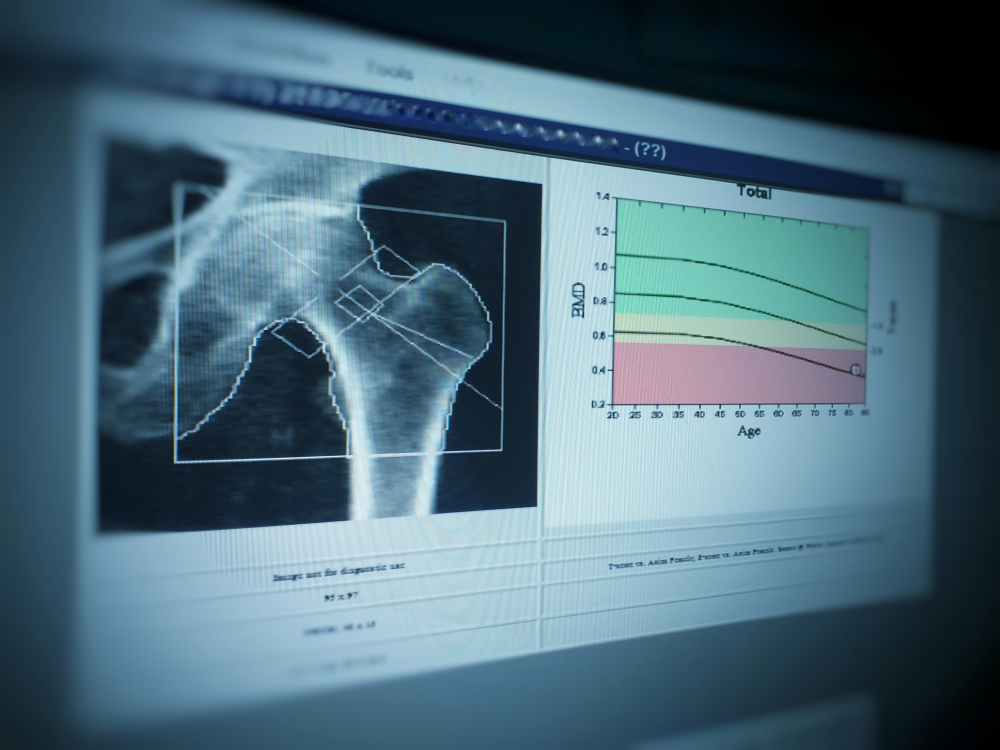Subjecting one's body to an intense sports regime is a requirement of many sports. Despite its benefits, it can usually lead to a number of physical injuries such as muscle fractures. We know them in various forms, but one of the most common of all is the stress fracture. It is the result of intense, repeated physical activity and has specific characteristics. Find out more about it in this article.
Fatigue fracture: what is it really?
Fatigue fracture is a very specific muscular sporting reality. In fact, it has nothing to do with a bone injury or break. The only thing it has in common with other forms of trauma is the source of its origin; sports activities. But particularly, it occurs only during seasons of excessive, prolonged training or in the context of a sudden resumption of activities after a long break.
Fatigue fracture is characterised by a gradual emergence of pain which intensifies in the face of any attempt to continue the effort. It is a mechanical discomfort that cannot be explained by clinical or radiological examinations. It is only relieved by rest.
It is specifically important to understand the fatigue fracture as a muscular reversal and a signal to let the athlete know that he has reached his limits. Indeed, when we work intensely on our physical potential, this increases the resorption capacity of the bones. This change weakens the bone system which often requires rest to remodel. It is from this phenomenon that the disease originates.
The consequences of the phenomenon
Fatigue fractures are a sudden illness. When they occur, they force the athlete to stop all physical activity at the risk of causing much more damage. The consequences for the athlete are therefore not insignificant. They can lead to :
- Pain that does not allow for continuity and that requires rest regardless of the circumstances;
- Inability to participate in entire sports seasons;
- considerable loss of muscle mass, etc.
Approaches to preventing and curing such a fracture
As with any ailment, there are effective ways to prevent or heal a stress fracture. As a preventive measure, it is particularly important to monitor and balance your training rhythm so that it is not too taxing on the body. It is therefore important in your field of sport to allow adequate time for warm-ups beforehand. It is also necessary to favour a reasoned method of progression in your efforts.
As a remedy for fatigue fractures, there is only one recipe: rest. It is the only effective way to cure this ailment. When you experience such a fracture or are diagnosed with one, be wise and rest for the recommended time. This can vary from 3 to 5 weeks, depending on the extent.










